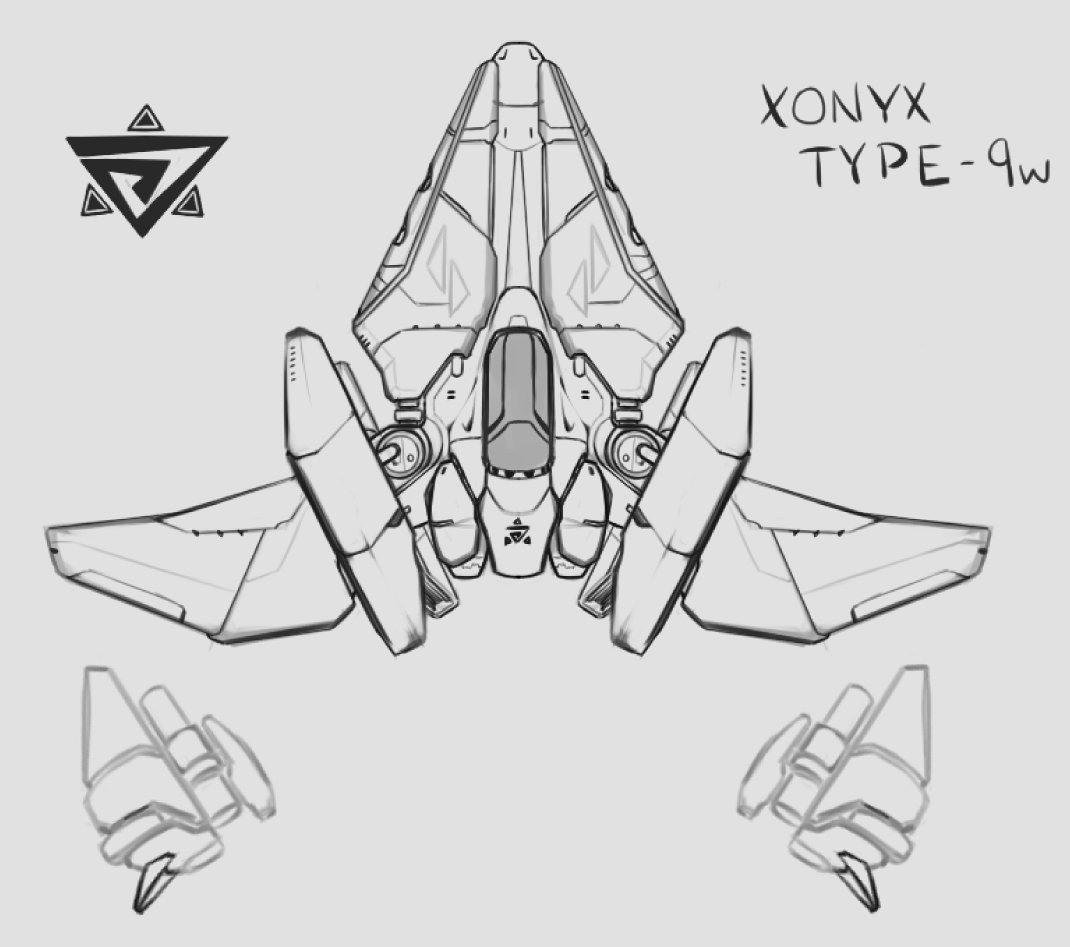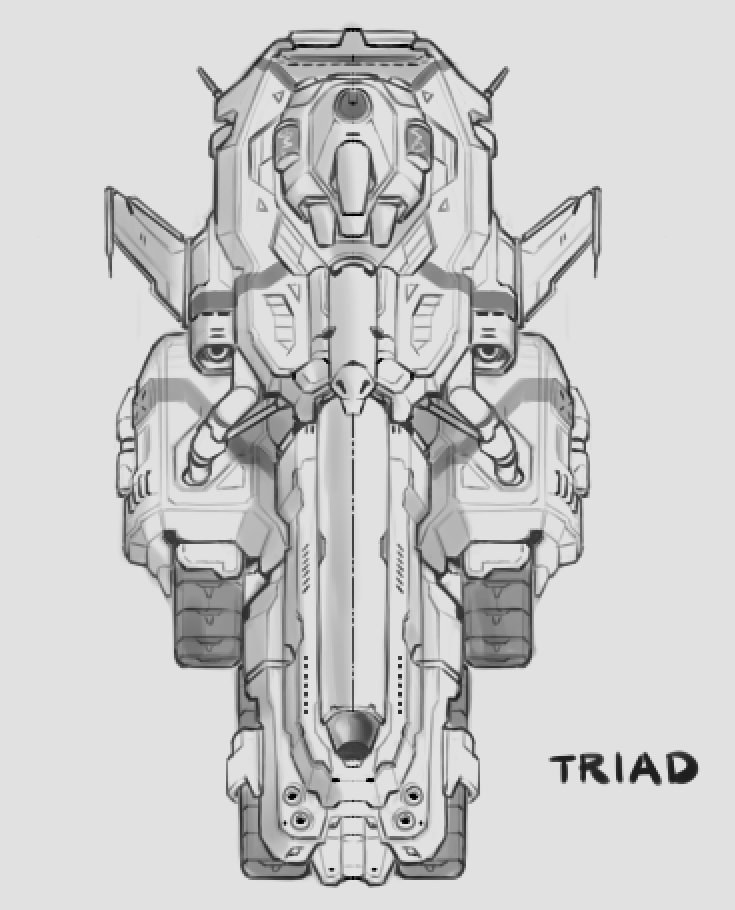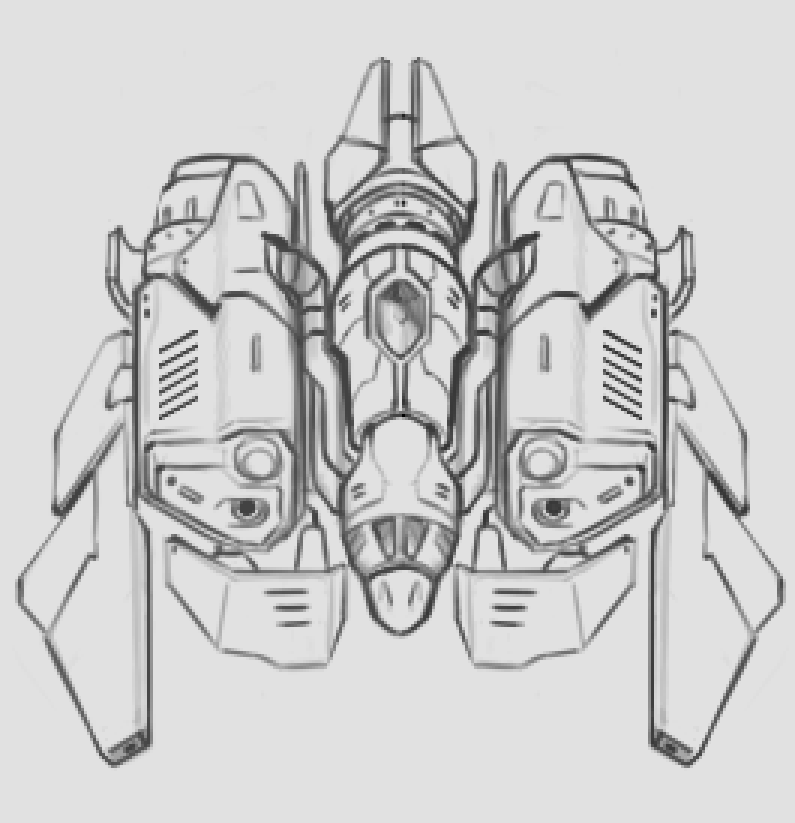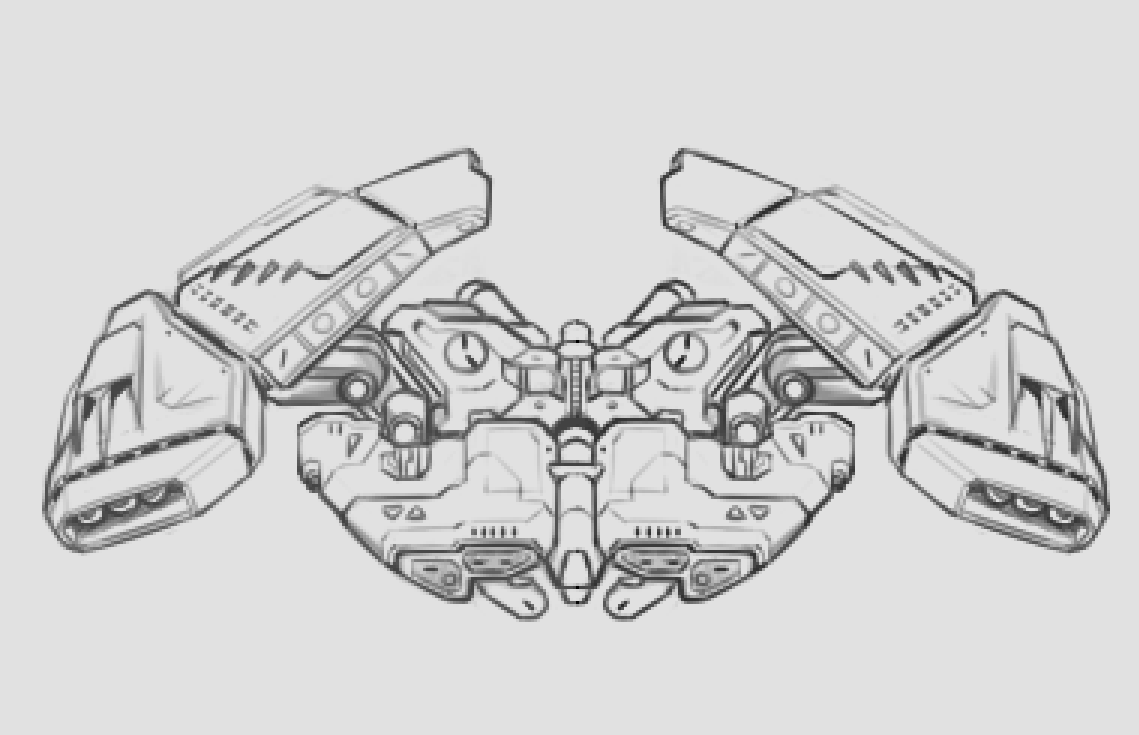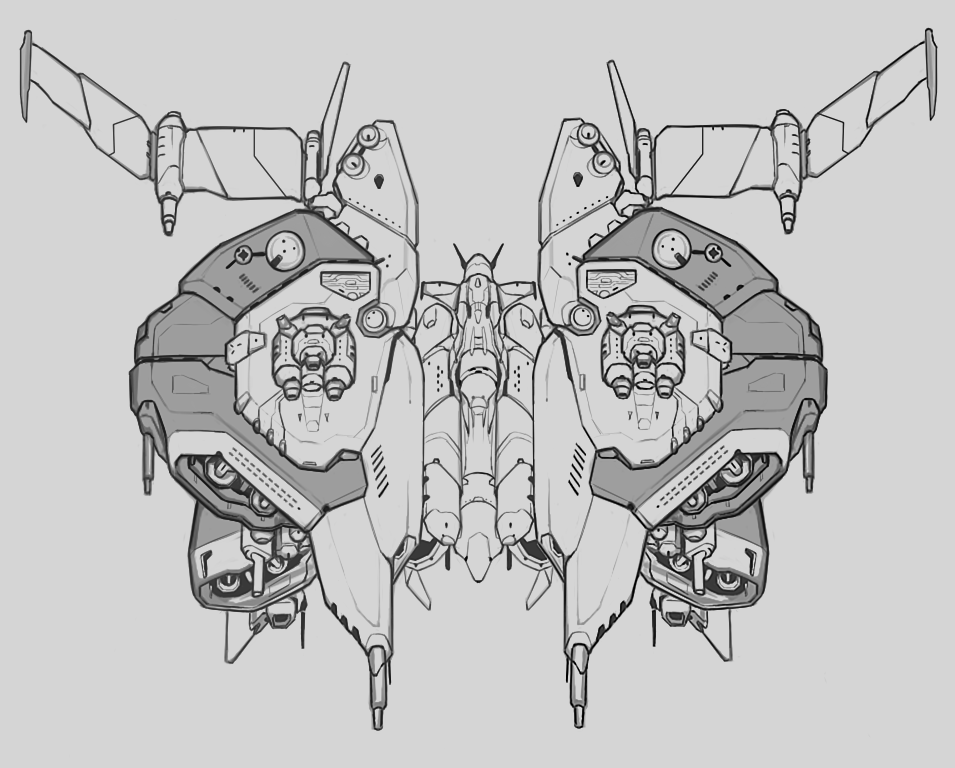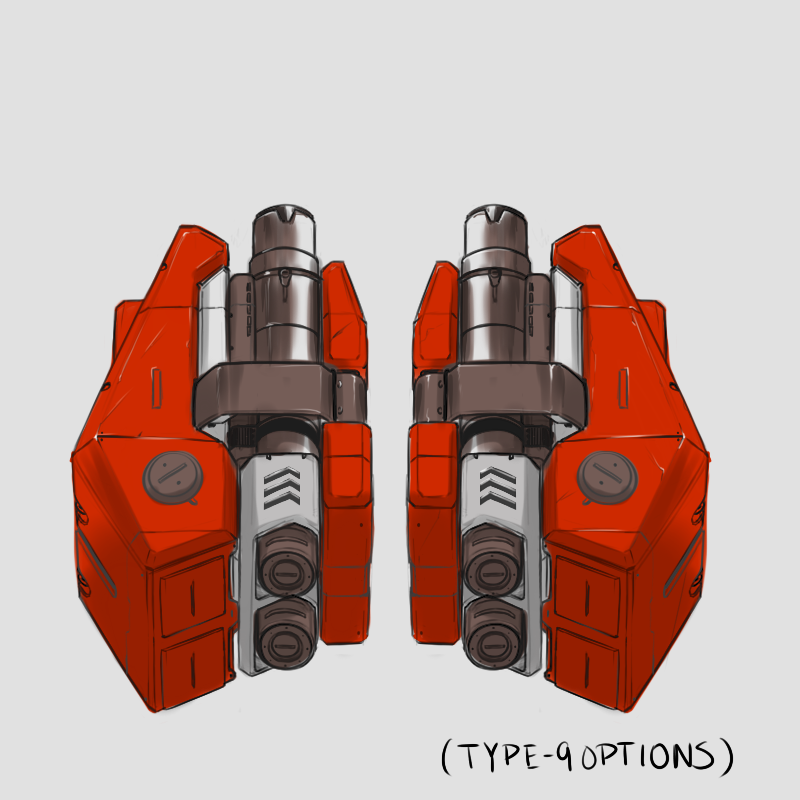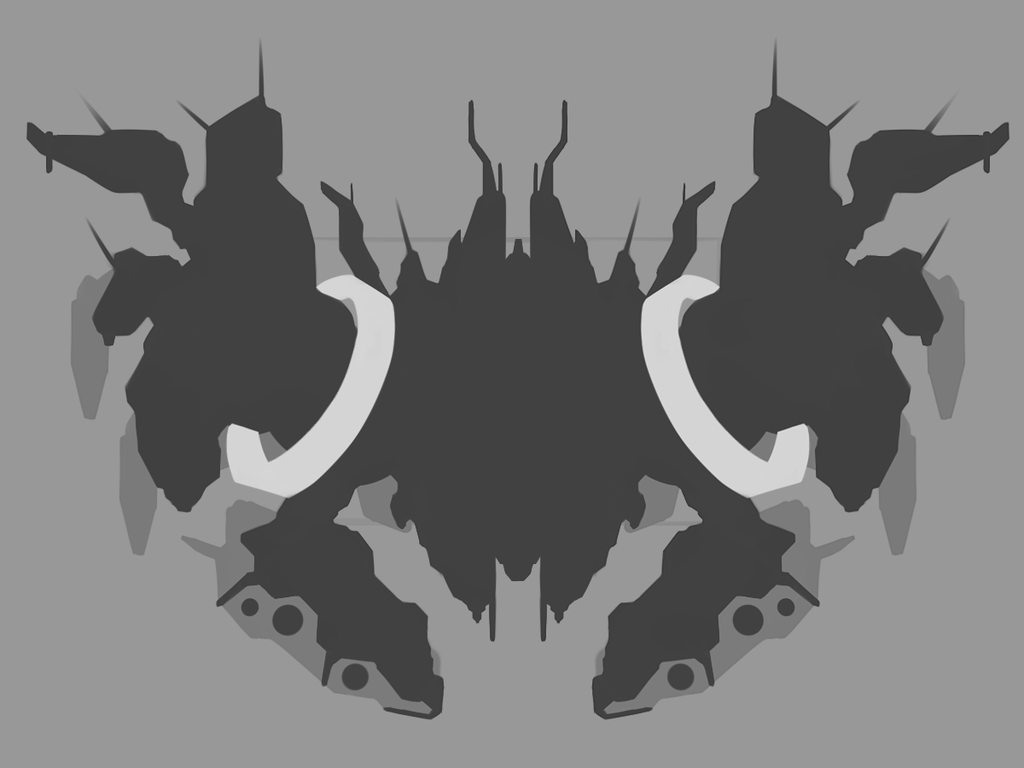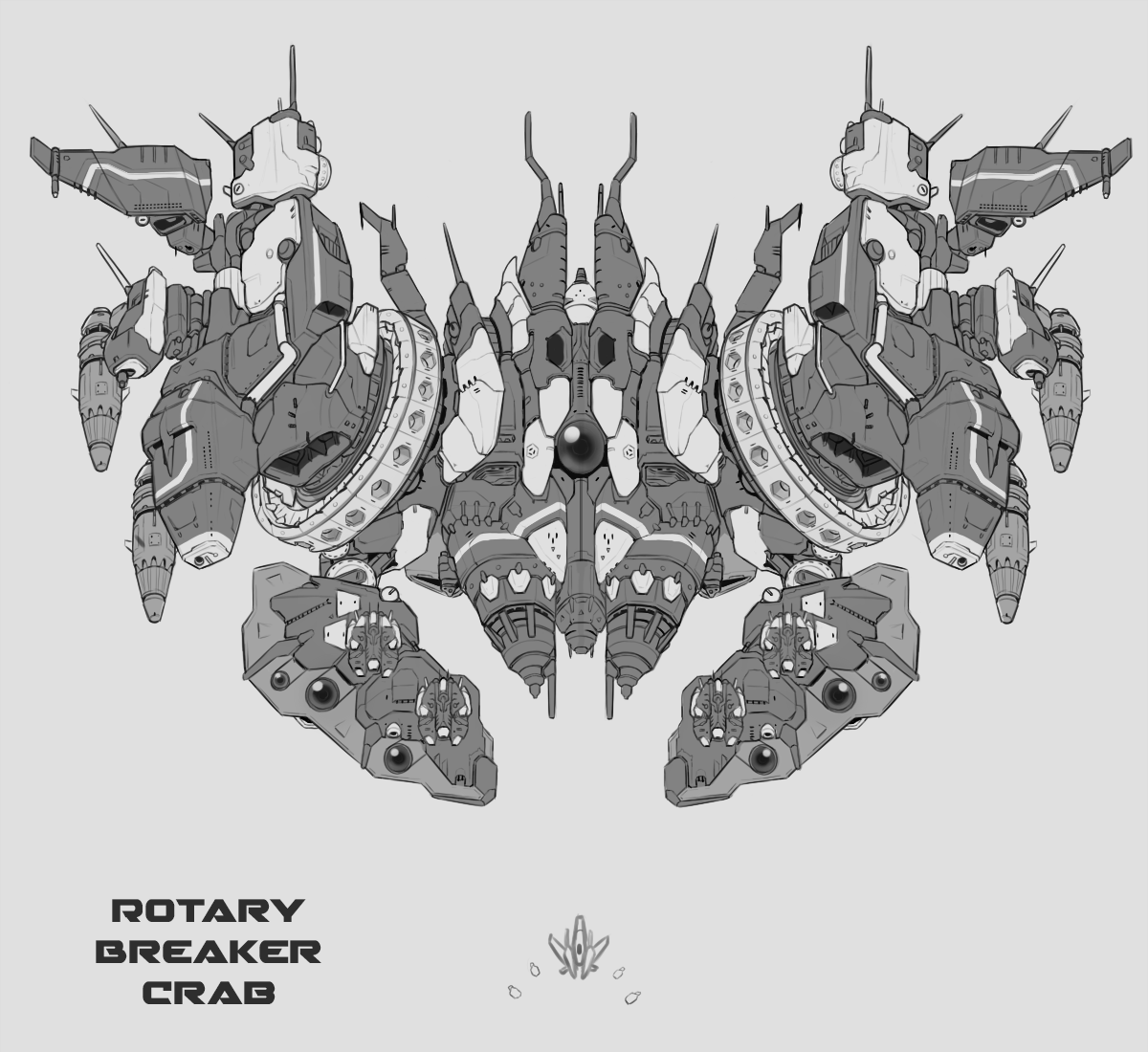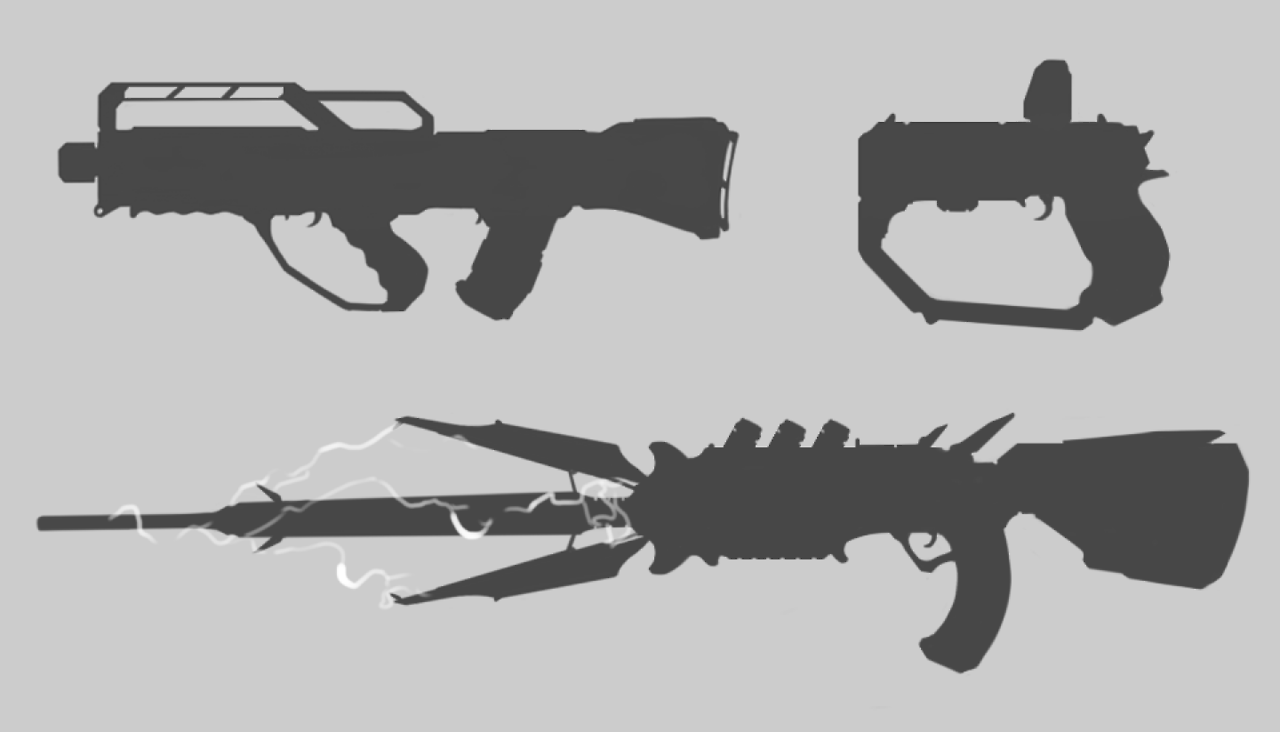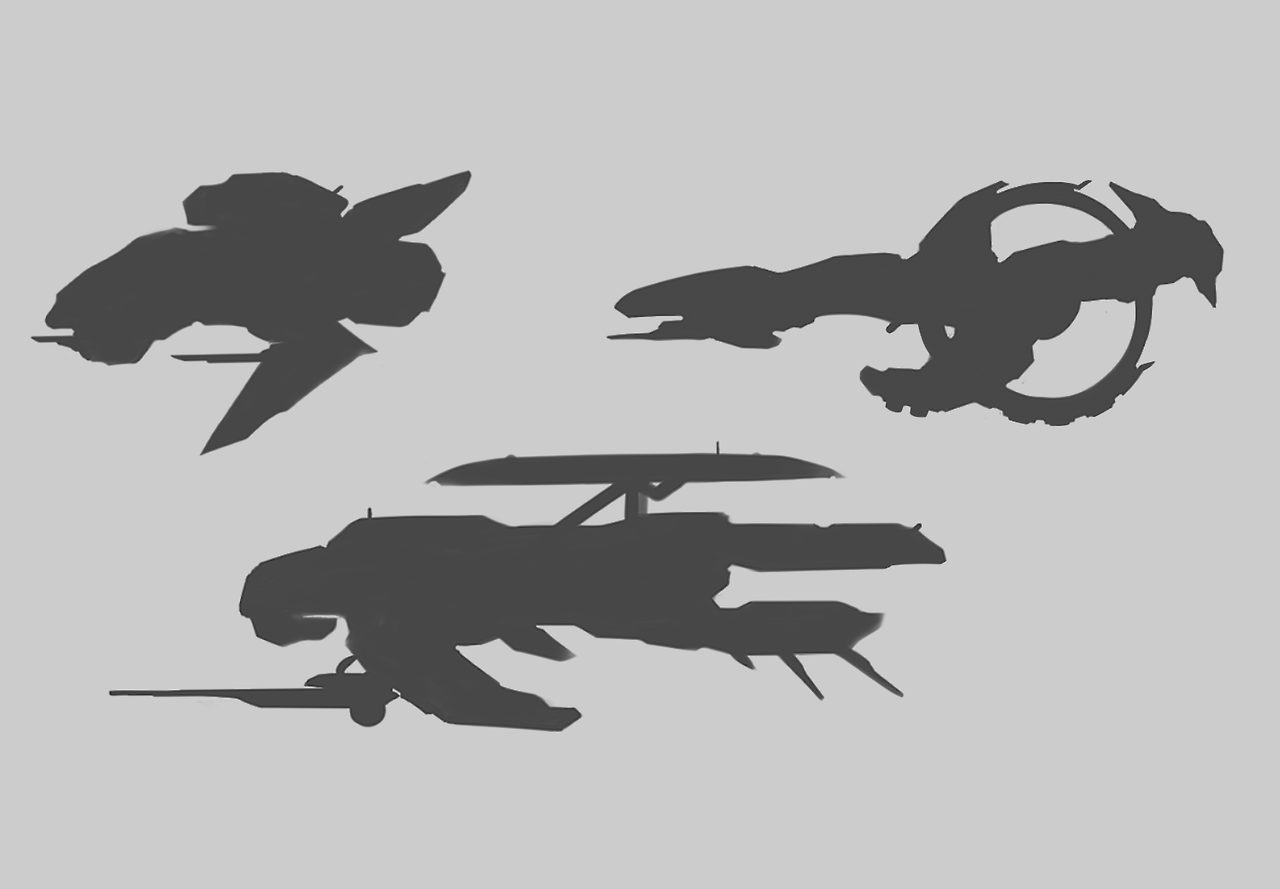That's some great advice on drawing there, XoPachi!
It's important indeed that the silhouette looks nice, that ensures a balanced and coherant design. Also, in animation(and videogames) one should always be able to tell what is it they're looking at, solely by the silhouette (this improves readability).
Couple little things I would add, Sai'ke, since I draw myself and have studied hand drawing/animation in college. If you don't mind, Xo! :
• Programs are nice but make sure you practice with pen and paper. At least a bit. You can do your designs entirely in software though
• Learn the basics of
perspective drawing, so that your shapes(or volumes, should I say) appear solid and convincing. This is immensely important. Whether it's 1-point-central perspective, 2 point, 3 point, etc : knowing more or less where to place your points for best results and which technique to use is crucial. This is actually super quick to absorb, a condensed document can prob be read in 30 minutes(I'll try to link one here), all that's left after that is to practice, practice, practice. I recommend drawing backgrounds(especially drawing building, from outside or inside), even if you ultimately don't want to draw those. That forces you to have let's say, all elements of a room to obey to the same perspective points.
Related to this : it's good to know what kind of perspective, but also what kind of
framing (or "shot", think in cinema terms) works well to convey x y type of dramatic effect/has which function (establishing shot, american shot(portrait), etc). I suggest reading a bit on this, a good source for this is storyboard theory. I'll try to find a link for this too.
• Make sure you do some
observation drawing (I might not have the right english terminology here, sorry). Go out with a sketch pad and sketch some historic building, or nice interior setups you like. Especially, draw people. The human body has a shape that's infinitely more complex than basic geometry shapes(well, except if you're in an old ps1 game. lol), so drawing people is exrtremely important. Also very important is observing lighting. Make sure to do some sketches where you try to render the lighting, in say a room, in great detail.
• Find a (or a couple)
sketching visual styles or "renders" for either your hand drawn or digital stuff, that you'll like to sketch with and that look appealing to you and convey volume well. I'm gonna group this with
shading. XoPachi's silhouette's sketches are a good example. He went with a non-white background(allows him to draw white stuff as highlights, something you can't do on a white piece of paper), dark grey for most of the object's mass, and 2 levels of highlights : faint grey and white. This gives an overview of volume and is very appealing and quick to apply. An other example is what the artist for Squire's Aeon Zenith game does : a light brown paper, ink outline and some white crayon for highlights (some ppeople add patches of medium-grey for shadows). This one is a very common style of sketch, looks beautiful. Here they are below this paragraph, hope Squire won't mind.
There are tons of other cool "renders" for hand drawing sketches : charcoal using stomps for shadows, ink only but some cross-hatching for shadows like in mangas, etc etc etc. So yeah, it's important to have this quick-yet-appealing way of demonstrating volume/shading, trust me. Also when it comes to finished art pieces, make sure you put great attention to lighting.
That is all

Now enjoy your journey! There are not that many things to keep in mind actually. You just got to work at improving them.
